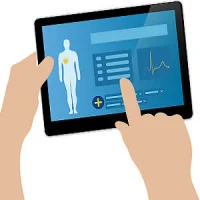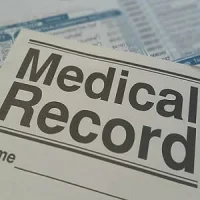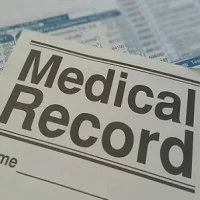EHRs are supposed to help facilitate coordination between care providers, especially with regards to sharing of information useful in decision making. What about if there are different EHR systems being used within a healthcare facility? How do you handle or manage data from the different systems and ensure data can easily be shared when needed?
Take for example the case of Shawnee Mission Medical Center (Kansas City), which has different EHRs in separate care settings. Amidst such arrangements, informaticists have to accommodate varying workflows so they created a flexible system to manage it.
“We work at a facility that has an inpatient EMR and an outpatient EMR,” said Andrea Hall, director of clinical informatics at the Center. “These clinics don’t really fit traditionally in either of those documentation systems, so we’ve had to come up with our own way to determine how to customise our existing things to make it work for them.”
The Center’s heart failure clinic, for instance, is located in the hospital but is designed not to manage all of a patient’s care like a traditional inpatient clinic, but to prevent readmissions, like an outpatient clinic.
“The biggest difference is the workflow that it accommodates,” Hall explained. “In the clinic you’ve got a nurse or medical assistant that comes in and sees you or a provider that comes in and sees you; it’s a single encounter and you’re discharged. It’s generally customised to meet meaningful use and documentation requirements for that setting. With inpatient, we’re looking at longer lengths of stay and just a workflow of continuous documentation throughout your stay. You’ve got more consultants and more people there.”
In addition to workflow, two other things should be considered: financial matters like billing and charging and identifying the key stakeholders, according to Christina Hiatt, the Center’s clinical informatics educator.
She and Hall advocate creating a flexible system that can work for different kinds of clinics, rather than trying to create a new documentation system for each clinic.
“I think we’re limited, we can’t have 25 boutique solutions in here,” Hiatt pointed out. “We’ve kind of committed to an inpatient EMR and an outpatient EMR. We need to keep our information easily visible, available through all of our continuums of care."
Source: Healthcare IT News
Image Credit: Pixabay
Latest Articles
EHR, EMR, EHR workflows, healthcare facility
EHRs are supposed to help facilitate coordination between care providers, especially with regards to sharing of information useful in decision making. What about if there are different EHR systems being used within a healthcare facility? How do you handle










